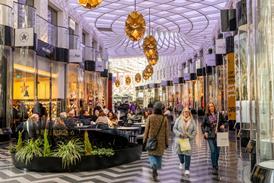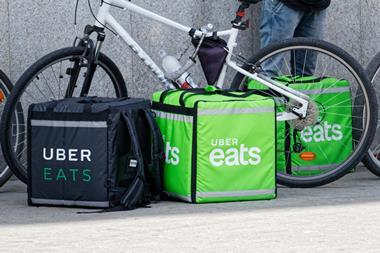The much-maligned retail store has defied the naysayers who said shops had lost their footing in the digital age, and ship-from-store could prove just how wrong they really were.
It’s no secret that, in most cases, store portfolios have shrunk in favour of an expanded online presence with less costly overheads. But bricks and mortar continues to find its place in this new retail ecosystem.
The true value of the store lies in the pivotal part it plays in a customer’s discovery, browsing and purchase journey.
In addition to simply shopping in retail stores, the boundaries have been blurred between bricks and clicks.
From the ability to order from online catalogues in stores when a certain product isn’t in stock, to the convenience of picking up a click-and-collect order rather than waiting at home for the courier (or, worse yet, receiving the dreaded ‘sorry we missed you’ slip), to the ‘halo’ effect that online sales generate, the store factors into customers’ lives in so many ways.
“With the market skewing towards ever-faster options, driven by the ‘I want it now’ consumer culture, retailers are under pressure to, quite literally, deliver”
But some retailers are missing a trick.
Stores could, in fact, be their secret weapon.
With the market skewing towards ever-faster same-day, two-hour or even sooner options, driven by the ‘I want it now’ consumer culture, retailers are under pressure to, quite literally, deliver.
The only way they can realistically offer same-day or faster is by using their bricks-and-mortar network and ship-from-store.
Increasing numbers are seeing a strategic advantage in leveraging their store networks to deliver customer orders.
Think of the cost saving in being able to fulfil orders in shorter distances, or the uplift in customer experience through quicker, more convenient deliveries.
It also means that retailers drive maximum value from their stock holding.
So, if it’s that good, why aren’t more retailers doing it? Well, challenges persist.
Retailers need to achieve a single view of stock so that they have an accurate, real-time view over which stores have which products, and where they are sitting within a store.
Then there is the question of who owns the sale.
If the role of the store continues to shift towards part-fulfilment centre, store staff are taken away from their own customers to instead serve online shoppers. This has a negative impact on their time and where is the incentive?
“Retailers need to achieve a single view of stock so that they have an accurate, real-time view over which stores have which products, and where they are sitting within a store”
To deal with this, an increasing number of retailers will have to look at the sales and returns attribution model.
Longer term, fulfilment in cities might become reliant on pooled deliveries, which would be particularly useful for smaller retailers that might not have the volume required for the pick-up of daily deliveries.
But, challenges aside, as retailers re-engineer their businesses to better serve the needs of the modern consumer, the store is going to be one of the key assets that will help them get there.

Andy Hill is sales director of Sorted Group


















































